Bachelor exchange in Buenos Aires
Struggling to keep my eyes open after spending our Friday night partying at some of Buenos Aires’ renowned boliches (nightclubs), it had not set in that we were driving through one of the city’s poorest neigbourhoods. However, as soon as I began to notice almost every residence was built with the most basic materials available, that realization started to settle in.
Our private bus tour organized by the university had just taken us outside the tourist area of La Boca. Whereas I had just been scrolling through my camera’s memory to find the best photos of the colourful houses that characterize El Caminito, I now looked out the window and suddenly felt extremely uncomfortable. My eyes were too occupied with what they were seeing: a poor neighbourhood known as one of the ‘villas miserias’, which directly translates into villages of misery.
The settlement consisted of unpaved streets connecting dense clusters of bare-bones residences with inadequate connection to basic services or no services at all.
Jan Ko
11 chapters
15 Apr 2020
Comienzo de clases
August 14, 2015
|
Buenos Aires
Struggling to keep my eyes open after spending our Friday night partying at some of Buenos Aires’ renowned boliches (nightclubs), it had not set in that we were driving through one of the city’s poorest neigbourhoods. However, as soon as I began to notice almost every residence was built with the most basic materials available, that realization started to settle in.
Our private bus tour organized by the university had just taken us outside the tourist area of La Boca. Whereas I had just been scrolling through my camera’s memory to find the best photos of the colourful houses that characterize El Caminito, I now looked out the window and suddenly felt extremely uncomfortable. My eyes were too occupied with what they were seeing: a poor neighbourhood known as one of the ‘villas miserias’, which directly translates into villages of misery.
The settlement consisted of unpaved streets connecting dense clusters of bare-bones residences with inadequate connection to basic services or no services at all.
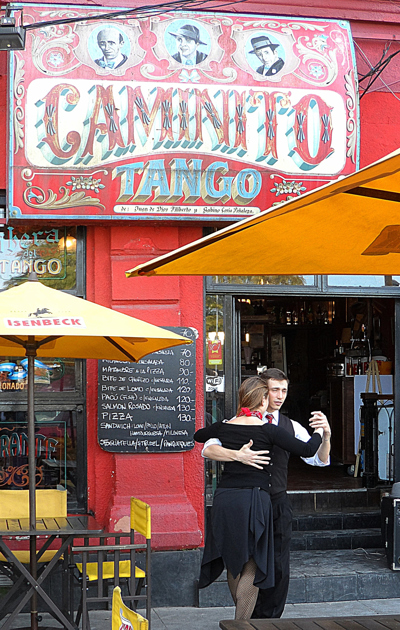
Following the 2001 economic collapse in Argentina, villa populations have dramatically increased and a shocking percentage of its citizens live below the poverty line. Poverty appeared to be most visible in the villas such as La Boca, but it’s by no means contained there. Riding the subway daily, I already became too accustomed to seeing children robotically hand out hair pins or religious cards, asking metro riders for a few pesos in exchange..
The tour continued to Cementerio de Recoleta, a beautiful but yet again sad place. This cemetery is arguably Buenos Aires’ number-one attraction. Together with our guide, we wandered for like an hour as there are countless streets lined with impressive statues and marble tombs. They hold the remains of the city’s most elite sector of society such as of past presidents and military heroes. As you can see on the pictures, they rest in style.
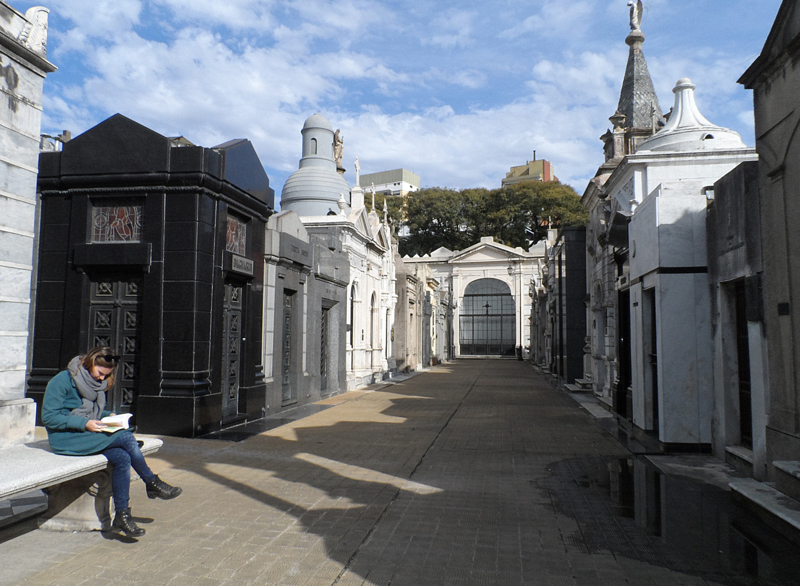

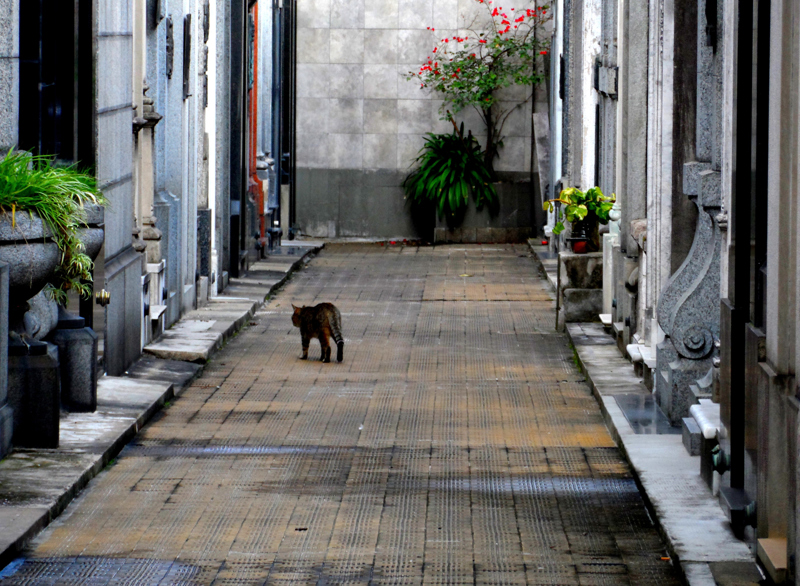
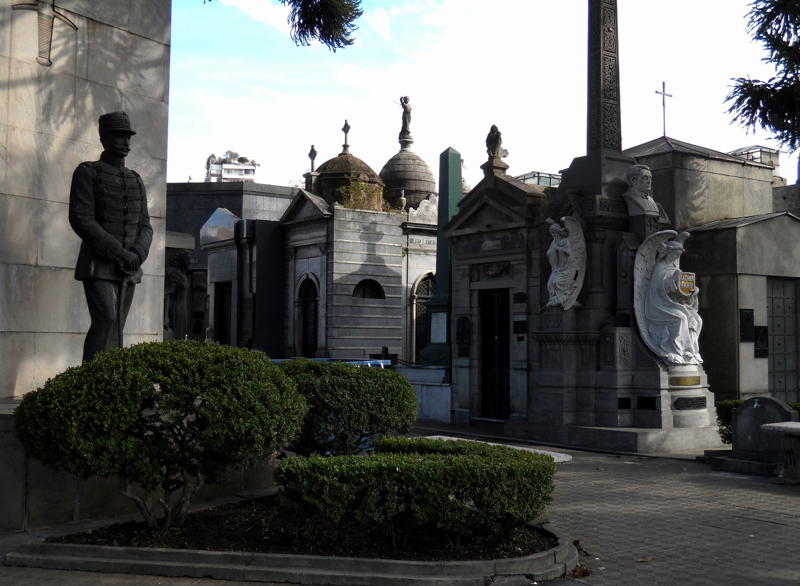
Monday the 3rd of August, the academic semester officially started. Holidays are over, and getting back into the swing of early mornings and long days at university has been a tough process. Days were especially long as the last two weeks were labelled ‘add-and-drop period’, meaning we could try out all classes to see which ones we liked most and by this means customize our timetables.
Even though a lot of people were unsure of what courses to pick, I was confident I had already made the best possible choice. However, I was proven wrong on the very second day of school. All three courses I intended to take started on Monday, resulting in a very long and tiring day full of new impressions.
• The first course I tried out was Relaciones Internacionales Contemporáneas (Contemporary International Relations). The class started at 09.50 and after introducing himself, the professor gave us a clear overview of the course content for the semester. The course examines the major events that marked the developments of international relations since the end of the Second World War. It focuses on the analysis of four regions: Asia, Europe, Africa and Middle East. In the meantime we have for example discussed two topics that truly grabbed my attention: North Korea-United States relations, and the Japanese foreign policy since the Cold War.
It is a third-year course, taught in Spanish, and designed for local students who pursue a degree at the Faculty of Political Science and International Relations. Being a Dutch student in International Business Administration without any prior knowledge of international relations, I was afraid taking this course would be somewhat over-ambitious. Until now though, it has been much better than expected! The professor speaks very clearly, so I have been able to take good notes during class, and the majority of the articles we study at home are written in English. So, I am very excited to continue with this course the upcoming months!
• The second course I attended was Literatura Latinoamericana e Historia cultural. I have never taken a literature course before, so I didn’t know what to expect. Remarkably, after the introductory class I still didn’t. For all I knew was that it would fit my schedule very well.
The course is designed for exchange students, and aims at examining and evaluating the cultural history proposed by stories of well-known 20th and 21st century Latin American writers. We could tell from the PowerPoint slide on his background how incredibly passionate and excited the professor is about Latin American literature, culture, and art history. The man has nothing less than one Bachelor’s degree, four Master’s degrees and one PhD degree in the field. During the unstructured class he used herky jerky teaching practices to share his passion with us. I could not follow him at all, and was left disoriented with the task to buy the book ‘Cien años de soledad’ by García Márquez and read its first chapter for next class.
I considered quitting this course straightaway, but Julia gave me a pep-talk and pulled me over. She promised that the next classes would be more structured and reading this book in Spanish would make me feel proud. And so it happened..
During the ‘add-and-drop period’ we read one chapter as to prepare per class, in which we then discussed the parts we did not fully understand. I have started to gain the joy of reading as my skills are improving. This will come in handy, because from this week onwards we will have to read four chapters per week!
• The third course, Estudios Culturales Argentinos, focuses on key moments in Argentine culture such as the Peronist movement and the Dirty War. As I really enjoyed the three-week Argentine Culture and Language course, I thought this course would be interesting too. After the first class though, I was overwhelmed by the amount of work we were required to do at home. The readings assigned were time-consuming and demanding, as they consisted of old texts written in the 1800s with challenging vocabulary and long, complex sentences. I couldn’t enjoy reading them. At all. That's where things started getting problematic for dilemma. Should I continue this course or exchange it for another one?
Determined, but indecisive, I spent a lot of time and effort making sure my decision would be just right. Attending a class of an alternative course made clear that the pros of taking this one outweigh the cons of quitting the other one:
• Relaciones Internacionales de América Latina (International Relations in Latin America). The course is a historical and topical approach to the international relations of Latin America, so it perfectly complements the other international relations course. However, in comparison to all other courses, this one is taught in English which brings about both advantages and disadvantages. Maybe taking one of three courses in English instead of taking all in Spanish will not help me expand my Spanish vocabulary, but it will certainly relieve some stress and allow me to enjoy my time here to the fullest!
Since deciding on my final course package, my mood has already notably improved. I just confirmed with the International Office, so now it’s time to pack my bag for a five-day trip to Cordoba!
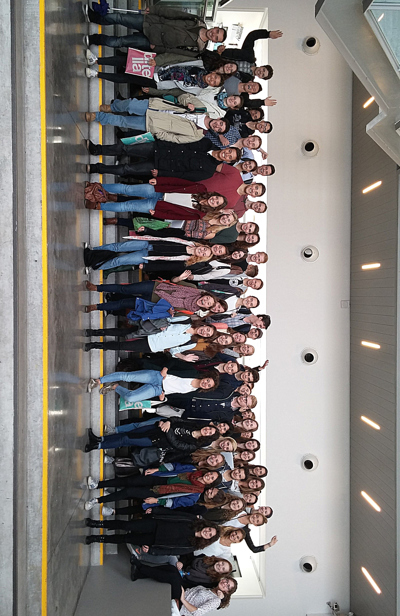
Share your travel adventures like this!
Create your own travel blog in one step
Share with friends and family to follow your journey
Easy set up, no technical knowledge needed and unlimited storage!